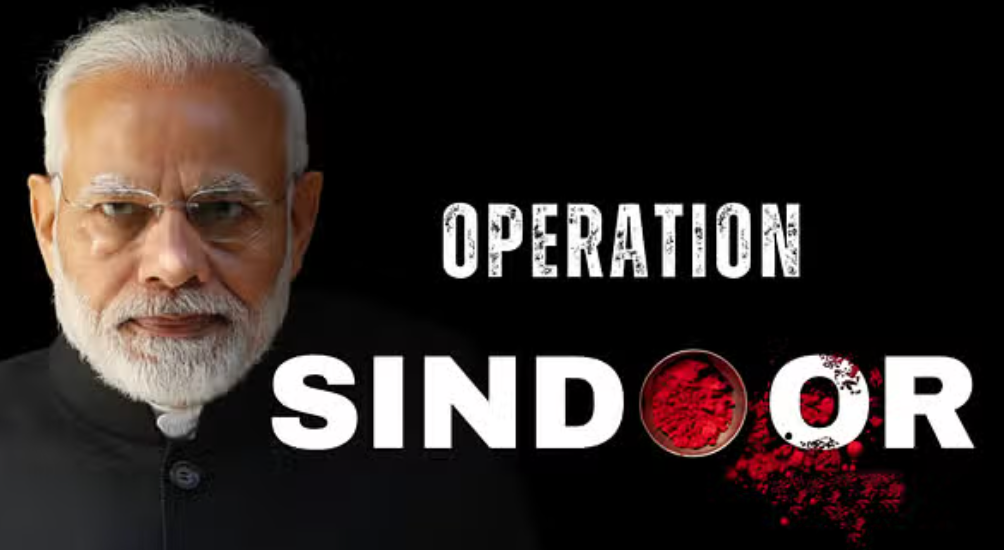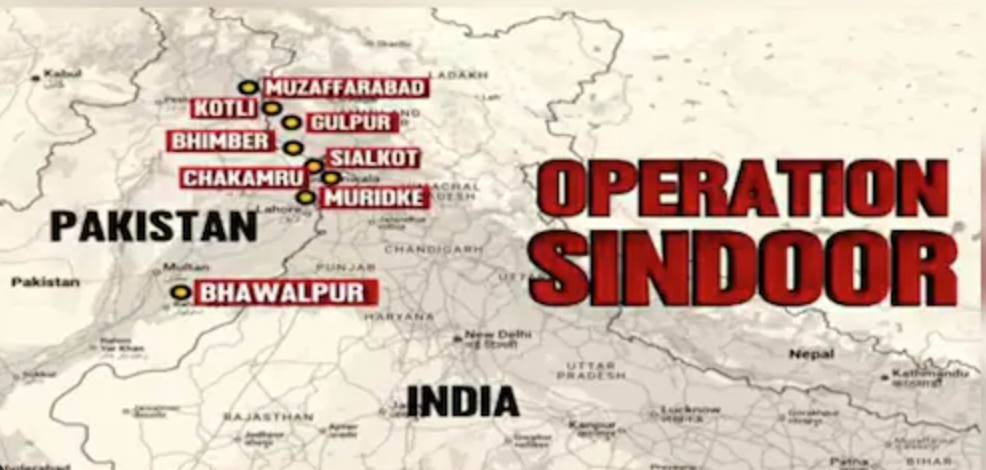
Introduction: A Turning Point in South Asian Geopolitics
In early May 2025, the Indian Armed Forces launched Operation Sindoor, a targeted military strike against what it described as terrorist infrastructure in Pakistan and Pakistan-administered Kashmir. The operation was swift and precise, but its repercussions have been anything but contained. As tensions escalate between two nuclear-armed neighbors, the world watches with bated breath.
This article offers an in-depth look at what has happened so far, analyzes the military and diplomatic fallout, and discusses the broader implications for regional stability and global peace.

Escalation of Military Tensions
Retaliatory Strikes
Following Operation Sindoor, Pakistan responded with retaliatory air and ground strikes into Indian-controlled Kashmir. These strikes resulted in both military and civilian casualties, escalating fears of a broader conflict.
- Civilian Impact: Several villages near the Line of Control (LoC) reported casualties and property damage.
- Military Posturing: Both nations have increased surveillance and deployed artillery units along strategic points.
According to The New York Post, India confirmed targeting nine sites. Pakistan, in turn, claimed its counter-offensive was a necessary deterrent.
Airspace and Border Closures
In the days following the strikes:
- Pakistan closed its airspace, causing major disruption to international and domestic flight routes.
- India responded by tightening its border controls, suspending visa services, and halting bilateral transportation.
This has not only affected military logistics but has also disrupted the lives of thousands of civilians and businesses reliant on cross-border cooperation.
Military Mobilization
The LoC is now seeing heightened activity:
- Troop Buildups: There are confirmed reports of additional battalions being deployed to strategic border areas.
- Artillery Exchanges: Frequent shelling and gunfire have been reported in contested zones like Poonch and Uri.
Military analysts suggest this level of preparedness indicates both countries are bracing for potential escalations, even if full-scale war remains unlikely.
Diplomatic Fallout
Suspension of Bilateral Agreements
The conflict has spilled over into the diplomatic realm:
- India suspended the Indus Waters Treaty, a crucial agreement that governs water sharing between the two nations since 1960.
- Pakistan responded by suspending the Simla Agreement, which emphasizes peaceful resolution of disputes.
- Diplomatic Expulsions: Each side expelled senior diplomats, effectively freezing official communication channels.
For more context, Wikipedia’s Operation Sindoor article provides a thorough overview of the broken agreements.
International Reactions
The international community has voiced concern:
- United States and United Nations have called for immediate de-escalation and offered to mediate talks.
- China and Russia, both strategic partners to India and Pakistan respectively, urged restraint but offered no public commitment to direct intervention.
The Guardian reports global markets have also reacted, with defense stocks surging and South Asian currencies dipping amid uncertainty.
Humanitarian Impact
Civilian Casualties
With escalating military actions, the civilian toll is growing:
- Dozens of civilians have been injured or killed in cross-border shelling.
- Schools and hospitals near the LoC are either closed or functioning under extreme conditions.
These humanitarian consequences underline the importance of returning to dialogue before the cost becomes too high.
Displacement and Infrastructure Disruption
- Thousands have been displaced from border towns and villages.
- Relief organizations face hurdles in providing aid due to border closures and unsafe zones.
- Agricultural activities, a key livelihood for many in Kashmir, are halted during peak season.
Broader Implications and What’s Next
Regional Stability
The situation jeopardizes South Asia’s fragile peace framework:
- Kashmir remains a flashpoint, and any prolonged military action could trigger wider unrest.
- Afghanistan’s proximity and instability might further complicate the security calculus.
- Other neighboring countries like Bangladesh and Nepal are monitoring the situation closely, concerned about refugee spillovers and economic impact.
Economic Ramifications
- India-Pakistan trade, already limited, has come to a halt.
- Stock markets in both countries experienced a dip, particularly in the defense, aviation, and energy sectors.
- Foreign investment is at risk, especially in sectors dependent on regional stability.
Nuclear Overhang
Any conflict between India and Pakistan inevitably raises fears of nuclear escalation. Though both sides have reiterated their commitment to “responsible behavior,” the global community remains concerned.
Paths Forward: Is There a Diplomatic Solution?
Role of Third-Party Mediation
While both nations traditionally resist third-party involvement:
- The United Nations has offered to host peace talks.
- The United States is reportedly in backchannel discussions with both governments.
- Track II diplomacy (via think tanks, NGOs, and academic exchanges) may serve as a softer pathway to rebuild trust.
Rebuilding Trust Through Confidence-Building Measures (CBMs)
- Resuming hotline communications between military officials.
- Opening humanitarian corridors for aid.
- Allowing neutral observers or international NGOs to monitor border conditions.
Conclusion: A Crisis That Demands Leadership
Operation Sindoor has unquestionably altered the geopolitical landscape of South Asia. While it showcased India’s resolve against terrorism, it has also brought to light the fragile nature of Indo-Pak relations. Both countries must now navigate this crisis with wisdom and restraint.
The choices made in the coming weeks will determine whether the region descends into prolonged conflict or steers back toward peace and dialogue.
Recent Terror Attack in Jammu and KashmirExplore more: